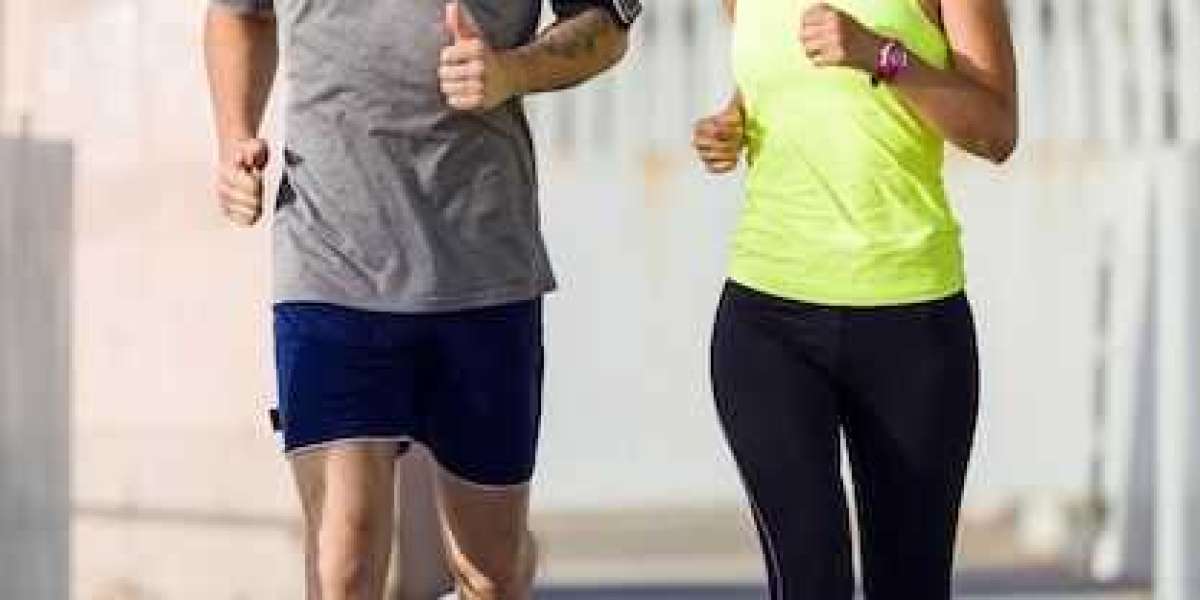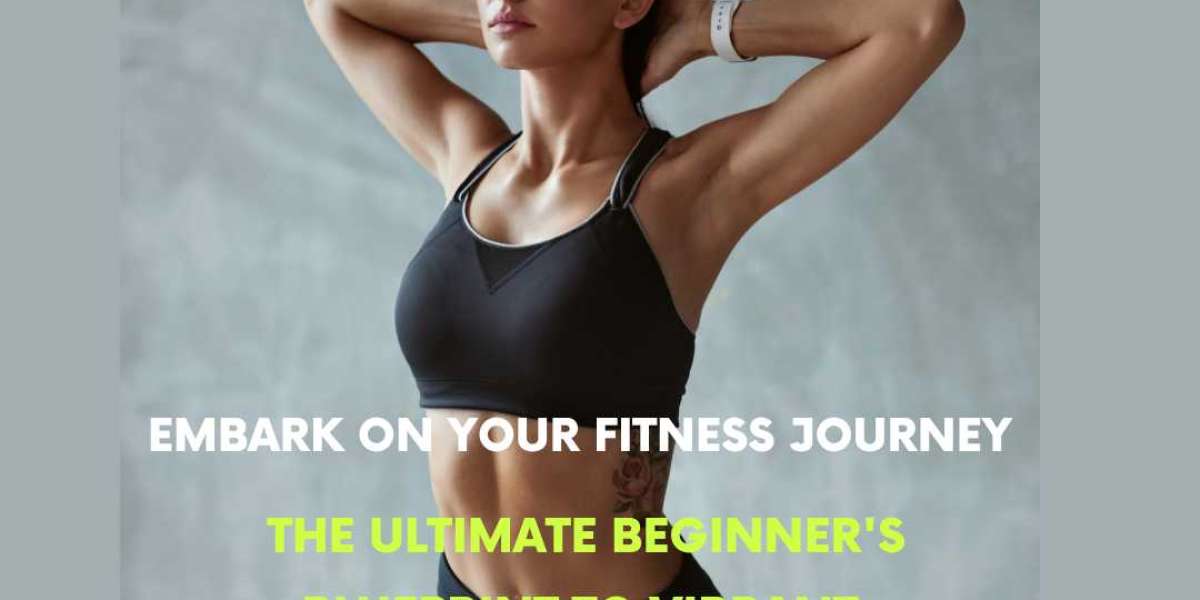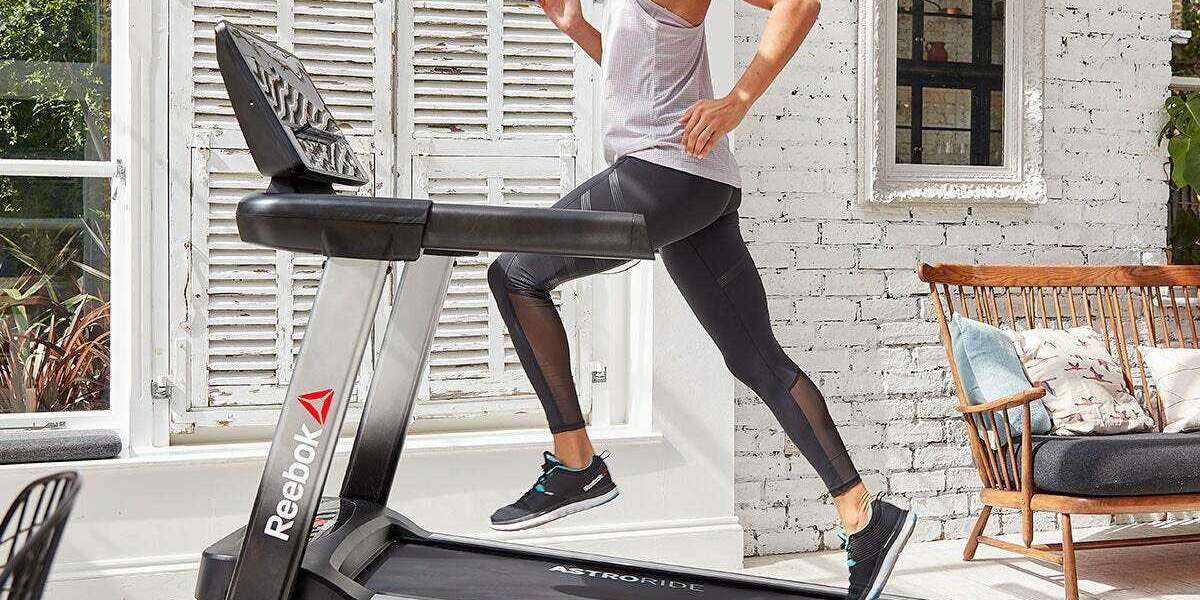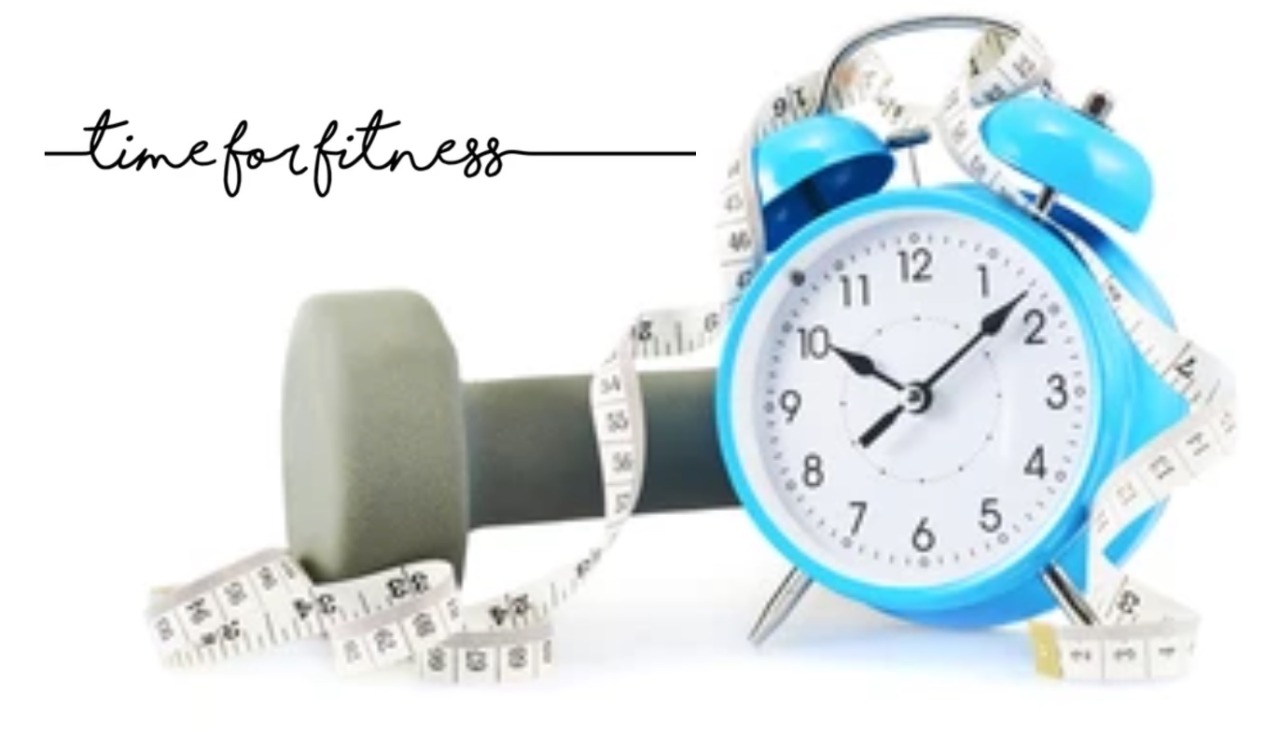Weight woes? No more! Need to stay fit or ditch some pounds? Both options help manage your weight so you can confidently strut your stuff!
Are you feeling stressed? Lace up! Are you feeling down? Both walking and running have mood-boosting magic, leaving you feeling happier and healthier from the inside out.

Choose your weapon!
Runners: Burn double the calories simultaneously, which is ideal for weight loss goals. Feel the wind in your hair as you challenge yourself!
Walkers: Enjoy a low-impact adventure, perfect for beginners or recovering from injuries. Explore nature's beauty at your own pace.
But wait, there's more!
Walking: Great for bone health, perfect for strolls, and a chance to soak in nature's beauty.
Running: Build leg strength, push your limits, and feel the satisfaction of achieving speed goals.
Combine both for a dynamic workout.
How Running Helps You Lose Weight
Running can help you burn belly fat and lose weight. It helps your body burn calories for a few hours after you're done. Plus, it can help curb cravings and is generally great for good health.
It Burns More Calories Than Most Exercises
Losing weight requires you to burn more calories than you consume, and exercise can help you do so.
Running is a great option, as it burns more calories than most other types of exercise because it requires many different muscles to work hard together.
In particular, high-intensity interval training (HIIT) involving running burns the most calories per minute using various muscles at their maximum power.
The difference in calories burned by running versus by other exercises is supported by research.
For example, a study with 12 men and 12 women compared how many more calories running 1 mile (1,600 meters) burned than walking the same distance on both a treadmill and track.
Results showed that, on average, running 1 mile on the treadmill burned 33 more calories than walking and running 1 mile on the track burned 35 more calories than walking.
At first, 33–35 calories may not seem like a huge difference, but over a 10-mile run, this may equal burning 330–350 more calories than walking the same distance.

High-Intensity Running Continues to Burn Calories After Exercise
Regular exercise will help you lose weight, but only a few types of exercise will continue to burn calories even after you finish working out.
High-intensity types of running can continue to burn calories up to 48 hours after you work out.
These exercises use many muscles and need more energy afterward to recover. This is often labeled the "afterburn effect" among the fitness community.
Several studies have found that the "afterburn effect" could help you burn significantly more calories over time.
High-Intensity Running Suppresses Appetite and Helps You Eat Less
Many try reducing their calorie intake by eating less or changing their food.
Unfortunately, these strategies may only increase hunger and make losing weight challenging.
High-intensity running may combat this struggle by reducing your appetite after a workout.
Moderate-to-High Intensity Running Targets Harmful Belly Fat
Carrying excess belly fat is extremely bad for your health.
Many studies show a connection between belly fat and an increased risk of heart disease, type 2 diabetes, and many other diseases.
Studies have found that moderate-to-high aerobic exercise like running can reduce belly fat, even without changing your diet.
How to Get Started
Many items are available for running, but most beginners can get by on the bare minimum.
This includes good running shoes, a comfortable top, a water bottle, running shorts, tights, or comfy pants.
It is highly recommended for women to wear a sports bra while running to reduce pain. Reflective gear is also highly recommended if you plan on running during the early hours or late at night. This will help to prevent any accidents.
Here are a few basics you should know before beginning a running workout:
Frequency: Aim for 3 to 4 weekly running days to get started. This allows for enough recovery time between workouts.
Warm-up: Before every running workout, it is essential to warm up and stretch to prepare your body for the run. Start by stretching, followed by 5 minutes of walking at a leisurely pace. Then, slowly progress to a power walk.
Cool down: At the end of your run, cool down with 5 minutes of walking, gradually decreasing the speed as you go.
Total time: Aim for around 30 minutes total. This includes 5 minutes for a warm-up, 5 minutes for a cool-down, and 20 minutes of running/walking in between.
Walking and running are your fitness superweapons, each offering unique benefits. Walkers rejoice in low-impact exploration, soaking in nature's beauty while strengthening bones. Runners? Feel the wind kiss your cheeks as you burn double the calories and build leg power.
But why stop at one when you can combine both for a dynamic workout? Mix and match: walk for strolls, then power walk to elevate your heart rate. Or, alternate running intervals with brisk walking for a practical HIIT session. This keeps things fresh, challenges different muscles, and prevents dreaded plateaus.
Remember, the best exercise is the one you enjoy and can stick with. So, lace up, explore, and find your perfect rhythm. Remember that movement is magic whether you're a walking warrior or a running rocket!
Now, are you ready to unleash your inner fitness rockstar? Let's get moving!







